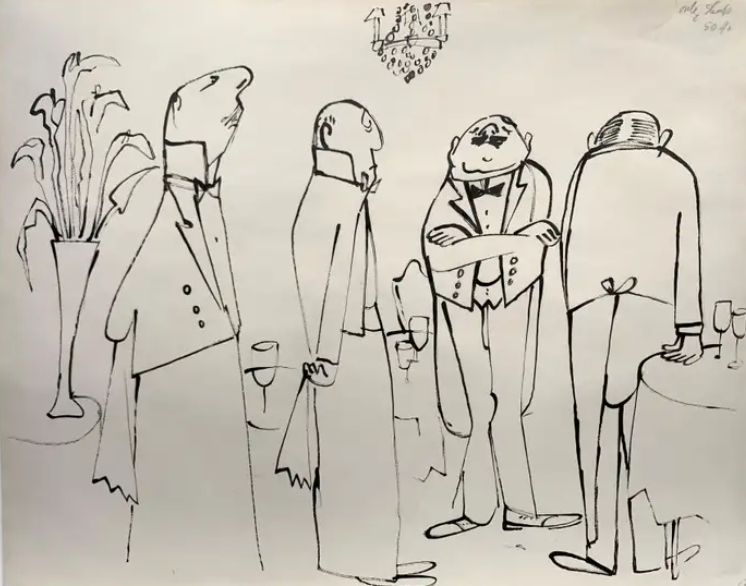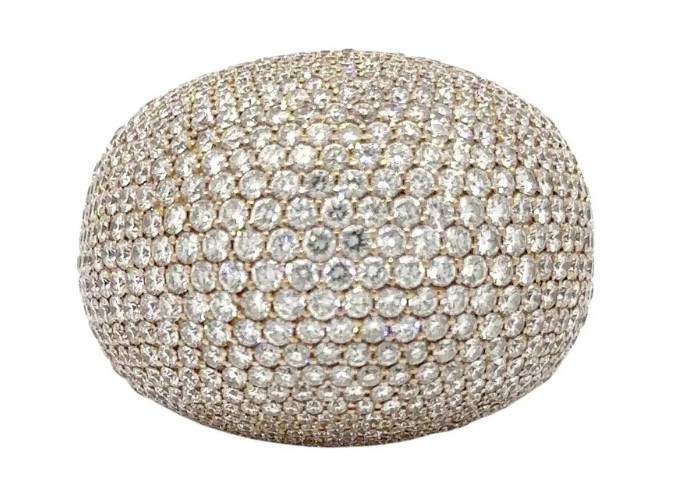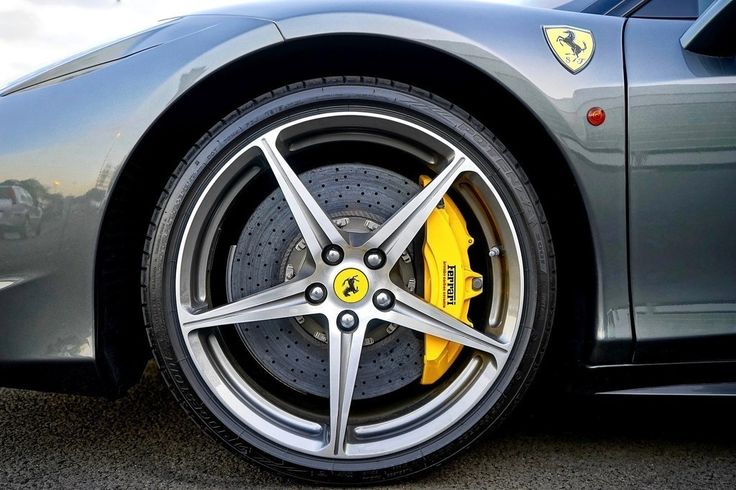Antique rugs are a timeless piece of art that have been passed down from generation to generation, often showcasing the skills and craftsmanship of artisans from different cultures around the world. These carpets offer not only practical use but also beautiful ornamentation, making them a unique and valuable addition to any home or collection.
Antique rugs are typically defined as carpets that are over 100 years old, and they are generally hand-woven using natural fibers such as wool, silk, or cotton. They are known for their intricate patterns, bold colors, and expert weaving techniques, all of which add to their allure. Furthermore, every antique rug has a history, reflecting the culture and lifestyle of the weaver at the time of its creation.
One of the most famous types of antique rugs is Persian, originating from ancient Persia. These rugs are known for their fine quality, detailed designs, and soft texture, making them highly sought-after. Persian antique rugs come in various designs and colors, reflecting the cultural diversity of the region from which it originates. Another popular type of antique rug is Turkish, which similarly boasts high quality and intricate patterns. These antique carpets are known for using natural dyes that can last for generations and create a soft, lustrous sheen on the fibers.
When it comes to purchasing antique rugs, it is important to understand the process behind finding genuine pieces. Due to the popularity and rarity of antique rugs, there are several challenges to sourcing authentic pieces. Many antique brokers and dealers may not have a comprehensive knowledge of the rugs they are selling and may not be able to accurately determine the value of the carpet. Therefore, it is imperative to do thorough research on reputable dealers and brokers and to ask the right questions.
Another aspect to consider when looking for an antique rug is the condition of the carpet. Antique rugs with a high amount of wear and tear will diminish the value of the piece. Conversely, perfectly preserved rugs can be very rare and pricey, as they are considered to be in perfect museum-quality condition.
In addition, one must consider the design and artistry of the rug. It is important to understand the significance of symbols, patterns, and colors in antique rugs, in order to truly appreciate the cultural backstory of each rug. Furthermore, many antique rugs are made from natural dyes, which have a unique color palette that can only be achieved through natural means.
Lastly, it is important to consider the maintenance of the antique rug once it has been purchased. Preservation and cleaning are key factors when it comes to antique carpets. One should avoid cleaning the rug with harsh chemicals or trying to remove stains themselves, as this can damage the fibers and diminish the value of the carpet. Professional cleaning services that specialize in antique rug care are recommended.
In summary, antique rugs offer both practical and ornamental value, making them a highly sought-after piece in any home or collection. Persian and Turkish antique rugs are some of the most popular and well-respected types, boasting high-quality fibers and intricate designs. However, due to their rarity and popularity, it is imperative to do in-depth research and find reputable dealers when shopping for antique rugs. Nonetheless, appreciating the artistry and cultural significance behind each antique rug adds to their value and legacy.
Antique rugs are typically defined as carpets that are over 100 years old, and they are generally hand-woven using natural fibers such as wool, silk, or cotton. They are known for their intricate patterns, bold colors, and expert weaving techniques, all of which add to their allure. Furthermore, every antique rug has a history, reflecting the culture and lifestyle of the weaver at the time of its creation.
One of the most famous types of antique rugs is Persian, originating from ancient Persia. These rugs are known for their fine quality, detailed designs, and soft texture, making them highly sought-after. Persian antique rugs come in various designs and colors, reflecting the cultural diversity of the region from which it originates. Another popular type of antique rug is Turkish, which similarly boasts high quality and intricate patterns. These antique carpets are known for using natural dyes that can last for generations and create a soft, lustrous sheen on the fibers.
When it comes to purchasing antique rugs, it is important to understand the process behind finding genuine pieces. Due to the popularity and rarity of antique rugs, there are several challenges to sourcing authentic pieces. Many antique brokers and dealers may not have a comprehensive knowledge of the rugs they are selling and may not be able to accurately determine the value of the carpet. Therefore, it is imperative to do thorough research on reputable dealers and brokers and to ask the right questions.
Another aspect to consider when looking for an antique rug is the condition of the carpet. Antique rugs with a high amount of wear and tear will diminish the value of the piece. Conversely, perfectly preserved rugs can be very rare and pricey, as they are considered to be in perfect museum-quality condition.
In addition, one must consider the design and artistry of the rug. It is important to understand the significance of symbols, patterns, and colors in antique rugs, in order to truly appreciate the cultural backstory of each rug. Furthermore, many antique rugs are made from natural dyes, which have a unique color palette that can only be achieved through natural means.
Lastly, it is important to consider the maintenance of the antique rug once it has been purchased. Preservation and cleaning are key factors when it comes to antique carpets. One should avoid cleaning the rug with harsh chemicals or trying to remove stains themselves, as this can damage the fibers and diminish the value of the carpet. Professional cleaning services that specialize in antique rug care are recommended.
In summary, antique rugs offer both practical and ornamental value, making them a highly sought-after piece in any home or collection. Persian and Turkish antique rugs are some of the most popular and well-respected types, boasting high-quality fibers and intricate designs. However, due to their rarity and popularity, it is imperative to do in-depth research and find reputable dealers when shopping for antique rugs. Nonetheless, appreciating the artistry and cultural significance behind each antique rug adds to their value and legacy.

















































